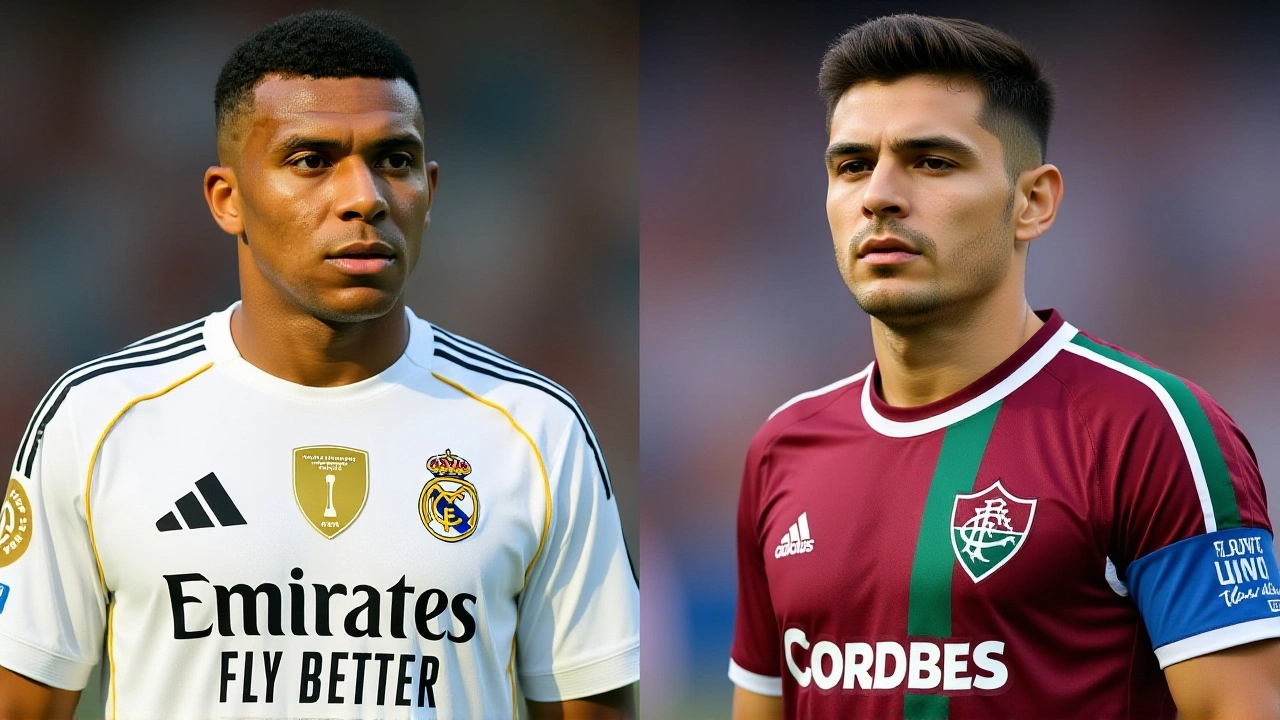FIFA Club World Cup: All You Need to Know
When talking about FIFA Club World Cup, the annual tournament that pits the champions of each FIFA confederation against each other to crown the world’s top club. Also known as the Club World Cup, it is organized by FIFA, the global governing body for football, and usually takes place in a host nation that provides the stadiums and logistics.
The competition brings together the winners of the six continental confederations – UEFA, Europe’s governing body for the Champions League victor, CONMEBOL, South America’s federation for the Copa Libertadores champion, plus representatives from AFC, CAF, CONCACAF and OFC. In short, the FIFA Club World Cup includes champions from each confederation, creating a true world showdown. These clubs meet in a straight‑knockout format, so every match can decide the ultimate global title.
Because the competition travels to a single host country each year, the chosen host city, the location that supplies stadiums and fan infrastructure becomes the stage where legends are made. The host’s venues must meet FIFA’s technical standards, and the city usually enjoys a surge in tourism, media attention and local business activity.
Why the tournament matters
From a financial perspective, the prize pool is a big draw – the winning club walks away with several million dollars, while runners‑up and lower‑placed teams also receive sizable payouts. Sponsors see a global audience that spans every continent, so broadcasting rights are sold to major networks in Europe, Asia, Africa and the Americas. That exposure helps clubs grow their fan bases far beyond their home leagues, turning a regional champion into an international brand.
Players and coaches treat the Cup as a career milestone. Winning it means you’ve beaten the best clubs from other continents, a rare accolade that sits next to league titles and continental cups. Managers often talk about the tactical challenge of facing unfamiliar styles – a South American side might bring flair, while an Asian champion could rely on discipline and speed. This mix forces teams to adapt quickly, which is why many fans call the tournament a “football laboratory.”
Referees and match officials also get a spotlight. FIFA selects a elite pool of officials for the event, giving them experience in high‑pressure, multicultural matches. Their performance can influence future appointments to World Cup finals or other major tournaments.
The fan experience is another big part of the story. Supporters travel from all over the world, creating a festival atmosphere in the host city. Street parties, fan zones and cultural events let visitors sample local cuisine while cheering for their clubs. Social media buzz spikes as highlights, memes and player reactions flood timelines within minutes of every goal.
Historically, the tournament has seen surprise winners and repeat dynasties. Teams like Real Madrid, Barcelona and Bayern Munich have each lifted the trophy multiple times, but clubs from Asia and Africa have also made deep runs, proving the competition isn’t just a European showcase. Those underdog stories keep the narrative fresh and give smaller clubs a chance to write their own chapters.
Looking ahead, the next edition promises new twists. FIFA is experimenting with a slightly expanded format, adding a play‑off match for the OFC champion, and the host country for the upcoming edition has announced plans for a state‑of‑the‑art stadium that meets sustainability goals. Those developments suggest the tournament will keep evolving to stay relevant in a crowded sports calendar.
Below you’ll find the latest FIFA Club World Cup stories, match analyses, and behind‑the‑scenes looks that help you stay ahead of the action. Dive in to see how clubs prepare, which players are in form, and what the host city offers to fans and critics alike.

